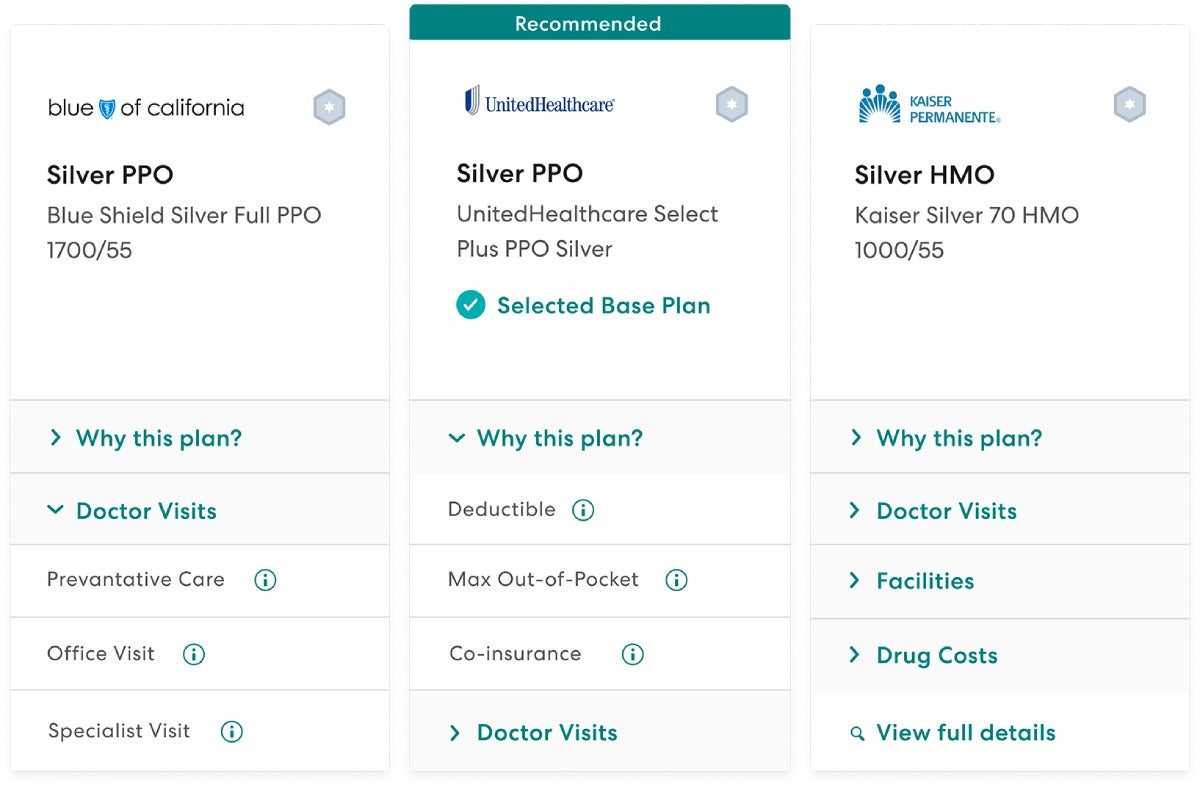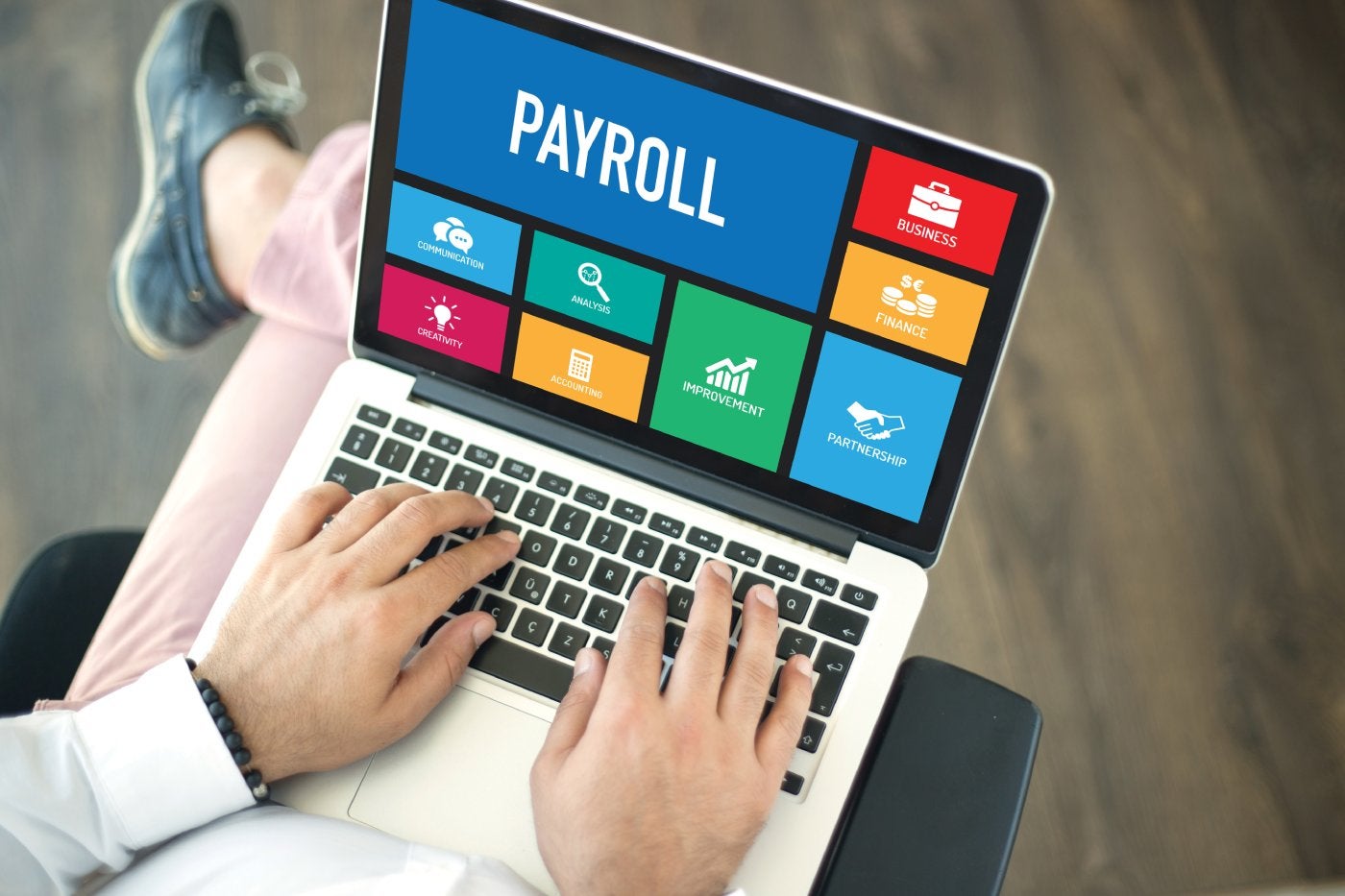Correctly setting up your payroll is absolutely essential for ensuring accurate payroll calculations and compliances with federal, state and local laws. In this guide, we’ll walk you through how to set up your payroll and payroll software and the information you need to run payroll for the first time.
Featured partners
What’s the easiest way to do payroll?
You can calculate payroll manually, but that can be extremely time consuming. It can also be prone to human error, which exposes you to potential liability. Thankfully, there are a number of free and low-cost payroll platforms out there, such as Gusto (Figure A), to fit every need and budget.
Figure A

Even if you are a very small business that isn’t looking to spend a lot of money on payroll, using a payroll software can save you both time and money in the long run. If you haven’t already, try out some payroll software to decide which platform is right for your needs.
Want to learn more? Check out our deep dive into how payroll software works.
How to set up payroll
1. Get an employer identification number
An employer identification number (EIN) is used by the IRS to identify your company for tax filing purposes. If your business is located in the U.S. or U.S. territories, you can apply for an EIN for free on the IRS website (Figure B). After your validations are completed, you will immediately receive your EIN so you can move forward with setting up payroll.
Figure B

2. Get a local or state business ID
Besides the federal EIN, you might also need a state business ID depending on whether or not the state charges sales tax. Your state government’s website will specify if you need to register for a business ID. You might also want to consult a local accountant or attorney about local requirements for state withholding and unemployment insurance accounts.
3. Classify your employees
You will calculate and withhold taxes depending on whether or not you plan to hire independent contractors or employees. You typically don’t have to withhold or pay taxes on behalf of independent contractors as they are responsible for taking care of it themselves. You need to figure out how to correctly classify each person you pay before moving onto the next step.
SEE: The Best Payroll Apps of 2023
4. Gather employee documents
Once you properly classify your employees, you need to gather all the documentation you’ll need to pay them. You will need the following information from each employee before you run payroll:
- Full legal name.
- Date of birth.
- Current address.
- Employment start or termination date.
- Tax filing number (Social Security number or EIN).
- Pay rate and compensation details.
- Form I-9 to verify employees’ eligibility for employment in the U.S.
- A W-4 for employees or a W-9 for independent contractors.
5. Purchase worker’s compensation insurance
Depending on where you live, you may be required to purchase worker’s compensation insurance — even if you are only paying one employee. Check federal, state and local laws to determine whether or not you need to hold worker’s compensation insurance to hire and pay employees.
6. Make a decision about benefits
If you decide to offer benefits, then you will almost certainly need to withhold some money from each employee’s paycheck to cover their portion of the benefits. If you haven’t already determined your benefit program, the time to do it is before you run your first payroll.
Many payroll platforms also offer benefit administration features that help you decide what plans to offer (Figure C). Once employees make their selections, that information flows right into the payroll software and deductions are automatically calculated and withheld with each pay period.
Figure C

SEE: The Best Payroll Software for Enterprises in 2023
7. Select a pay period
Before you run payroll, you need to decide how often you will pay your employees. There are four main payroll schedules to choose from (Figure D):
- Weekly: Employees are paid every single week — this schedule is common in restaurants, manufacturing and construction.
- Biweekly: Employees are paid every other week — this schedule is common in retail jobs.
- Semimonthly: Employees are paid twice a month on the same dates, often on the 1st and 15th of each month — this is the most popular pay schedule.
- Monthly: Employees are paid once a month, often on the first or last business day of the month — this schedule is common in very high-paying jobs.
Before finalizing your pay period selection, be sure to consult both federal and state laws to make sure that you remain compliant with all requirements.
Figure D

8. Create an employee handbook
Once you have decided on your pay schedule, you need to create an employee handbook or payroll policy that spells out when and how employees should be paid. The handbook should also cover anything else that can affect payroll and employee payments, such as the company policies for holidays, paid time off and the withholding for benefits.
This handbook should be provided to every employee and they should sign an official form acknowledging that they have received and read the policy.
9. Open a payroll bank account
You will need a dedicated business bank account to pay employees. Many companies also use a separate bank account for payroll so that the money doesn’t get mixed in with other accounts. Work with your bank to set up that account and prepare it for your first payroll run.
10. Decide who will manage payroll
If you haven’t already, you need to decide who will manage payroll. Even if you have an external accountant or bookkeeper, you still need someone on the company side to review and approve payroll each pay period. In many small businesses, this will be the CEO or founder. In larger businesses, multiple employees across HR and finance will work together to handle payroll.
SEE: The Best Payroll Software for Your Small Business in 2023
11. Choose software and review the software setup guide
Now that you know what your schedule will be and how your employees are classified, it’s time to choose your payroll software. While looking, take note of how often you can run payroll with each solution. For example, if a software charges per payroll run and you run weekly payroll, you might be looking at higher costs.
There are also more contractor-focused payroll plans and tools. So, if your business relies mostly on contractors, you may want to specifically look into those solutions. And of course, you’ll want to review software features and integrations to ensure you’re getting the right fit for your business.
After selecting a tool and signing up, the first thing you should do is review the payroll setup guide and any other instructions provided by your payroll software. While many payroll platforms follow a pretty standard setup procedure, it’s always a good idea to review the documentation they provide so you’re aware of any quirks in the process.
12. Upload everything into the payroll software
If you have never used a payroll software before, most of them — including Gusto — will have a guided setup process that will walk you through adding everything we outlined above. You’ll enter your EIN and your state business ID, add each employee to the system, select a pay period and add your bank account details.
If you have previously used a different payroll software and are switching platforms, check with your new software to see if they have any pre-built import tools. To make switching as painless as possible, many payroll software provide tools to import your payroll information into the new system from your old system.
Depending on what tier of service you pay for, you might also get setup assistance from your account rep to speed up the process.
Ready to find new payroll software? Check out our picks for the best payroll software of 2023 to inspire your search.
Featured payroll solutions
1 Paycor
Paycor’s HR software modernizes every aspect of people management, which saves leaders time and gives them the powerful analytics they need to build winning teams. Paycor provides a full suite of HCM solutions with a single source of truth for employee data, so users never have to switch platforms, log-in to multiple systems, re-key data or open multiple spreadsheets. Everyday processes become simplified, allowing organizations to focus on their most important work.
2 QuickBooks
QuickBooks from Intuit is a small business accounting software that allows companies to manage business anywhere, anytime. It presents organizations with a clear view of their profits without manual work and provides smart and user-friendly tools for the business.
3 Deel
Run US and international payroll in all 50 states, 100+ countries and 200+ currencies from a single place. Deel handles everything from salary and tax payments to payslip distribution and compliant hiring processes. With 24/7 in-app support featuring a rapid 1.25-minute response time and dedicated Customer Success Managers, Deel is with you every step of the way.
4 Paychex
Paychex is a cloud-based payroll management system offering payroll, HR, and benefits management systems for small to large businesses. Paychex covers payroll and taxes, employee 401(k) retirement services, benefits, insurance, HR, accounting, finance and Professional Employer Organization (PEO).
5 Remote
Remote empowers companies of all sizes to pay and manage full-time and contract workers around the world. Our people are on the ground on every continent, building culturally aware employment packages that help you build trust with your global team. We take care of international payroll, benefits, taxes, and compliance to provide a great experience for your employees. Our ironclad intellectual property protections and industry-leading security guarantee give you peace of mind across the globe.






